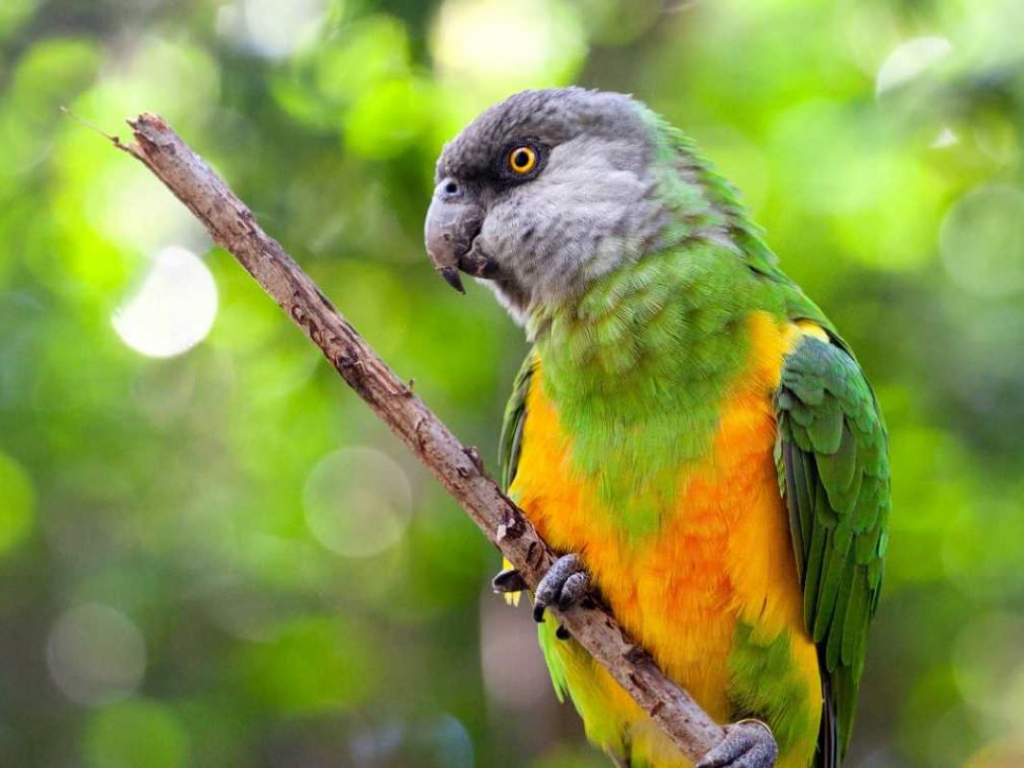First ever World Wildlife Trade Report released at CITES COP19
The Convention on International Trade in Endangered Species of Animals and Plants (CITES) is currently having its COP19 meeting in Panama city, Panama from the 15th to the 25th of November. This week the first ever CITES World Wildlife Trade Report debuted examining the ability of legal trade to protect biodiversity and empower Indigenous peoples, […] November 17, 2022
The Convention on International Trade in Endangered Species of Animals and Plants (CITES) is currently having its COP19 meeting in Panama city, Panama from the 15th to the 25th of November.
This week the first ever CITES World Wildlife Trade Report debuted examining the ability of legal trade to protect biodiversity and empower Indigenous peoples, while also evaluating the threat that illicit trade poses. This report is the result of a collaboration between the United Nations Environment Programme (UNEP), the United Nations Conference on Trade and Development (UNCTAD), the World Trade Organization (WTO), the International Union for Conservation of Nature (IUCN), TRAFFIC and the CITES Secretariat. NbSI Team member Seth Thomas worked as a contributing author helping to develop the reports chapters on conservation and socio-economic impacts.
UNEP Executive Director Inger Andersen has described wildlife trade as “a powerful nature-based solution for meeting the twin challenges of enhancing rural livelihoods and conserving biological diversity” during her time serving as the Director General of IUCN.
Globally, wildlife trade has the potential to be a powerful NbS too when it involves empowering local communities and clear safeguards for biodiversity. Many species and communities have already found great success through wildlife trade, including the vicuña, whose trade in Bolivia has led to increases in their population and the empowerment and diversification of income for indigenious communities. You can read more about the success of the vicuña trade as part of our interactive global map of NbS case studies.
The report is cautiously optimistic about the future of wildlife trade, and emphasizes the importance of clear scientific monitoring and empowering local communities in the management of their natural resources.
Read the full World Wildlife Trade Report to learn more about the role of wildlife trade in supporting biodiversity and local communities.
